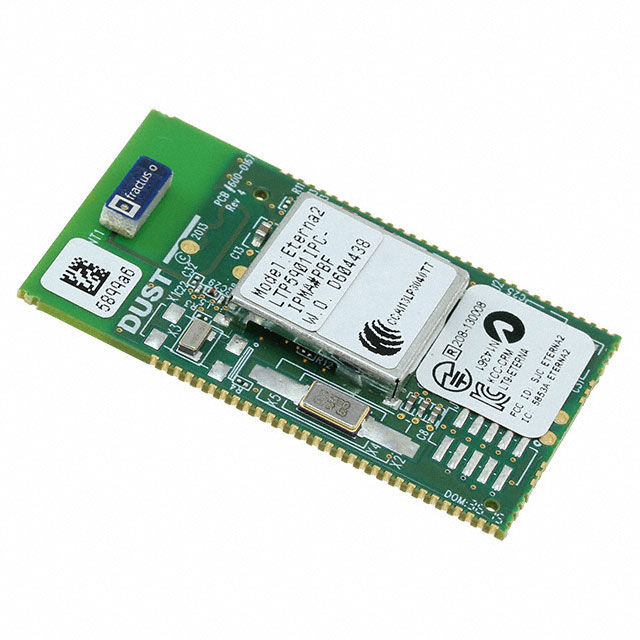Which Deburring Tools Deliver the Best Finish in Modern Manufacturing?
- joddiemarshall6
- Jul 29
- 4 min read
In today’s competitive industrial landscape, precision and finish are just as important as performance. That’s why deburring tools have become a cornerstone in modern manufacturing and fabrication. These specialised tools remove rough edges—called burrs—from machined, cut, or moulded components, ensuring each part meets quality and safety standards.
Unlike other post-processing tools, deburring tools are explicitly designed to remove imperfections without damaging the surrounding material. From aerospace to plumbing, these tools play a critical role in both form and function.
The Role of Deburring Tools in Quality Control
Burrs can compromise not only the appearance of a product but also its mechanical performance. Left untreated, they may lead to part misalignment, increased wear, leaks, and even electrical failure.
Deburring tools help prevent:
Injury from sharp edges
Friction in mechanical assemblies
Damage during transportation or handling
Malfunction in precision systems
In industries where tolerances are tight and reliability is essential, deburring is more than a cosmetic step—it’s a necessary one.
Manual vs. Mechanical Deburring: Which Is Better?
The choice between manual and mechanical deburring depends on several factors, such as production volume, material type, and budget.
Manual Deburring Tools:
Best for prototyping, small batches, or detailed finishing
Handheld and straightforward to use
Popular in workshops and on-site maintenance
Mechanical Deburring Systems:
Ideal for large-scale production
Includes rotary tools, abrasive brushes, and tumblers
Often integrated into CNC machining processes.
Both approaches have merit. Manual tools offer control and adaptability, while automated systems deliver consistency and speed.
Key Types of Deburring Tools and Their Applications
The diversity of parts and materials in the industry has given rise to a wide variety of deburring tools. Each tool type serves a distinct purpose and is tailored for specific surface conditions.
Scraper Deburring Tools: Perfect for plastics, soft metals, and non-ferrous materials. Scrapers glide across surfaces to trim off fine burrs without gouging the material.
Rotary Burrs and Carbide Bits are common in metal fabrication. They fit onto drills or die grinders and are used to remove heavy burrs from hard materials like steel and titanium.
Abrasive Nylon Brushes are used for edge blending and polishing. They’re often found in automated deburring machines for finishing stainless steel, aluminium, and delicate alloys.
Deburring Blades with Swivel Heads. Ideal for internal edges and holes. The blades rotate freely to follow the contour of the cut and provide even deburring inside tubes and bores.
Cross-hole Deburring Tools: Designed for deburring intersecting holes or complex internal geometries, often seen in hydraulic blocks or automotive parts.
Vibratory Tumblers and Media are used for high-volume, uniform deburring. Parts are placed in a vibrating container filled with ceramic or plastic media that gently polishes all surfaces.
Why Material Type Affects Deburring Tool Choice
Not all deburring tools are suitable for every material. The choice depends heavily on the hardness, thickness, and fragility of the material.
For metals like stainless steel or brass:
Rotary burrs or carbide bits are preferred.
Mechanical tumblers handle batch processes well.
For plastics and composites:
Manual scrapers or precision blades reduce melting or cracking.
Soft abrasive wheels prevent warping.
For wood applications:
Fine sanding tools or edge shavers are suitable.
Avoid aggressive abrasives that may splinter edges
Using the wrong tool can lead to undercutting, surface scarring, or heat-induced damage. Selecting the appropriate deburring method ensures both surface integrity and productivity.
Industries That Rely Heavily on Deburring Tools
Deburring is not exclusive to metalworking. It plays a pivotal role across diverse sectors.
Aerospace: Airframe panels, engine mounts, and turbine blades require burr-free edges for structural and aerodynamic precision.
Automotive: Deburring ensures leak-free fuel systems, reliable brake components, and proper mechanical fitment.
Medical Devices: Surgical tools and implants must be completely smooth to ensure patient safety and hygiene.
Electronics: Deburred PCB edges prevent electrical shorts and allow accurate component placement.
Construction and Plumbing: Pipes, ducts, and fittings benefit from deburring to reduce flow restriction and leakage.
How Deburring Tools Improve Operational Efficiency
Quality aside, deburring also impacts the overall efficiency of a manufacturing process. Smooth parts are easier to assemble, transport, and finish. They reduce downtime and the need for manual inspection or rework.
Operational advantages include:
Faster part handling and packaging
Lower defect rates and customer returns
Better paint and coating adhesion
Compatibility with robotic automation
In high-volume production, the time saved on post-processing can translate into thousands of saved labour hours annually.
Choosing the Right Deburring Strategy
To maximise both quality and efficiency, a strategic approach to deburring is vital.
Evaluate:
Part complexity and geometry
Volume and turnaround time
Desired surface finish
Material type
Then match the tool accordingly—whether it's a manual blade for one-off parts or a full-scale deburring station for mass production.
Embracing Smart Deburring Technologies
With the rise of Industry 4.0, deburring has entered a new era. Today’s advanced manufacturing facilities are adopting intelligent systems to take surface finishing to the next level.
Smart deburring innovations include:
CNC machines with built-in deburring cycles
Robotic arms equipped with adaptive deburring heads.
Vision-guided tools that detect and remove burrs in real time
AI-driven systems that learn optimal deburring patterns over time
These systems reduce operator fatigue, ensure consistent results, and streamline quality assurance.
Final Thoughts
The presence of burrs can seriously undermine the effectiveness of any machined or fabricated product. Whether through hand-held blades or automated robotic systems, deburring tools remain a critical step in every production line. They help achieve cleaner finishes, better performance, and superior safety—all of which contribute to the reliability and market success of the final product.



Comments